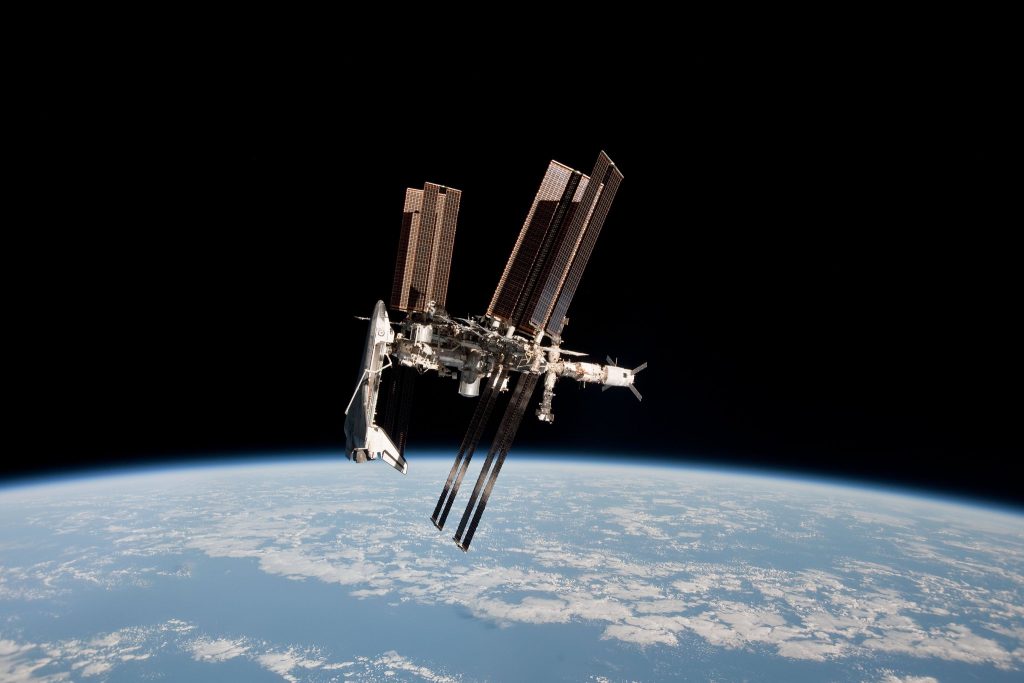After a successful test mission last May, where 2 astronauts were taken to the International Space Station (ISS), Space X and NASA have now managed to send a fully operational manned operation to the ISS, in which four astronauts arrive uncomplicatedly after a journey of nearly 30 hours onboard the Space X’s Crew Dragon capsule.
Contents
Smooth launch and match
From the Kennedy Space Center in Florida on Sunday, November 15, the NASA-Space X partnership successfully launched four astronauts to the International Space Station (ISS): Michael Hopkins, Victor Glover, and Shannon Walker from NASA, along with Asian astronaut Soichi Noguchi from the Japanese space agency. After almost 24 hours and with both ships orbiting at 27,000 km/hr, the crew managed to safely dock with the International Space Station’s central module on Monday, November 16 at 11:00 pm Miami time. Two hours later and having completed a series of checks of a safe and hermetically sealed docking between the spacecrafts, the astronauts arrived at the ISS where they were received by their colleagues Kate Rubins of NASA, and the Russians Sergey Ryzhikov and Sergey Kud- Sverchkov, who a month earlier boarded the ISS in a Russian Soyuz spacecraft. If you want to know a little bit about how astronauts assume confinement in this type of mission we recommend you to read 5 astronauts’ tips to overcome isolation and social distancing.
The beginning of a new era
The “Crew- 1” mission, as this Space X/ NASA operation was called, represents a historic milestone for U.S. space exploration. We must remember that 9 years ago, specifically since July 2011, after the launch and landing of the “shuttle Atlantis”, NASA closed its shuttle program that had been in operation for 30 years. During those 9 years, the U.S. ran out of shuttles to send into outer space, thus beginning what has been called the “Soyuz” era, in which the U.S. agency had to turn to its competitor during the “Cold War” to send manned missions into space from facilities outside its own territory, on the Russian Soyuz spacecraft, at an average cost of $63 million per astronaut.
With the above in mind, it is not surprising that for the United States and NASA it is an important moment to stop depending on the Russian Soyuz capsules to return to use space aircraft manufactured in their own territory; like the Falcon 9, the Starship, or the Crew Dragon, all from Space X, in addition to the possibility of launching from their own facilities as in this case from the Kennedy Space Center. Thus, we are seeing the beginning of an era where Space X and the U.S. agency have passed the testing period, and crew launches into outer space from U.S. soil resume.
Special relevance for a crew member
As mentioned, the mission represents a historic event for the United States. However, for one particular member of Crew 1, this mission represented a separate historical milestone. While it is true that more than a dozen African-American astronauts have been sent into outer space since 1983, the first being Guion Bluford. Victor Glover has become the first African-American full-time crew member on the International Space Station.
In the following video you can see the transmission of the “meeting and docking” of the “Crew-1” that Space X transmitted live.
What do you think about this topic? Do you know other NASA projects along with Space X?
If you have any doubt or question you can contact us or write your query in the comments section below.
Image by Antonio E. Da Silva via Flickr under Creative Commons license.
